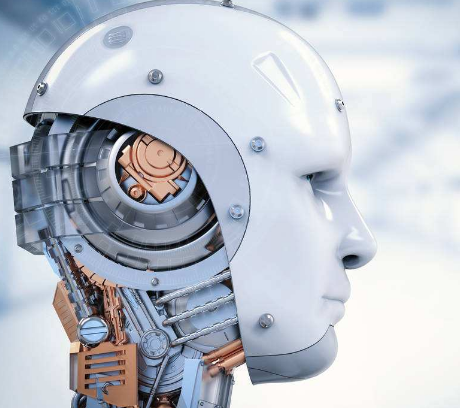"At present, some artificial intelligence chips developed by some companies are mainly based on GPU, CPU, FPGA, ASIC, etc., for image, speech recognition, and neural network, deep learning algorithms and other special weak artificial intelligence." In recent days, Southeast University College of Artificial Intelligence At the establishment ceremony of the Artificial Intelligence Research Institute and the Artificial Intelligence Summit Forum, Zhao Yuping, an academician of the Chinese Academy of Engineering, believes that to improve the IQ of computer systems, both hardware and software should be developed at the same time. Among them, the development of a more general similar computing unit SPU is The core unit that spans the gap between logical thinking and non-logical thinking.
Humanoid thinking ability of computer systems
"Thinking ability is the core of the whole intelligence. Human thinking can be divided into logical thinking and non-logical thinking." Zhao Yuping said that comparative judgment, concept formation, deductive reasoning, inductive reasoning, analogical reasoning and dialectical thinking are regarded as logical thinking. Image thinking, intuitive thinking and inspirational insight are considered to be non-logical thinking.
The three eternal goals of computer science and technology workers are to make computer systems run more efficiently, use more naturally, and handle smarter. Among them, the more efficient operation has led to a significant increase in computing storage capacity over the past few decades. The use of more natural requirements has led to the development of VR technology, and the smarter processing means using AI technology to improve the IQ of computer systems. .
However, the machine thinking that has been realized so far still does not jump out of the scope of logical thinking.
"The IQ of computer systems can be divided into three levels." Zhao Yuping said that the first-level IQ is comparison and judgment, the second-level IQ is deductive, and the third-level IQ is various artificial intelligence programs under the second-level intelligent support, such as concept formation. Machine reasoning, expert systems, machine learning, neural networks, etc., make it human-like thinking ability.
"It can be seen that the human-like thinking ability of artificial intelligence systems is inductive and analogous." Zhao Yuping said that to improve the IQ of computer systems, there are two routes of hardware and software. Among them, the software route is research knowledge operation, research and development knowledge operating system. The artificial intelligence hardware upgrade route highlighted by Zhao Yuping is to develop an SPU with similar computing power. The application of SPU will enable computer systems to bridge the gap between logical and non-logical thinking.
Artificial intelligence enters the 2.0 era
“In 1956, scientists portrayed a vision in the early days of AI: creating machines that mimic human learning or intelligence.” Dean of the Institute of Artificial Intelligence at Southeast University and Dean of the Institute of Artificial Intelligence (and), Chief Technology Officer of Lenovo Group Yong Yong, senior vice president, said that the current vision is moving forward in a two-step approach. One is the “individualized artificial intelligence”, and the second is the “combined artificial intelligence”.
If you compare a car with a vehicle, you can compare the artificial intelligence algorithm to the engine of the car. The data can be regarded as fuel, and the computing power is the tire that determines the car to run fast. The industry application determines the development path of artificial intelligence. steering wheel. He emphasized that the current computing power of artificial intelligence is facing challenges, and the non-GPU AI dedicated chip ecosystem is still to be perfected.
"If we talked about artificial intelligence 60 years ago, we used computers to simulate people's intelligent behavior. After 60 years of development, more and more artificial intelligence experts have realized that the intelligence of machines and the natural intelligence of people are different after all. They are two kinds. Essentially different intelligence.” Pan Yunhe, an academician of the Chinese Academy of Engineering, believes that certain aspects of machine intelligence are smarter than people, such as AlphaGo.
"But some aspects of human intelligence are hard to replace with machine intelligence. The best way is to combine the two and combine them into a more powerful agent to serve people." Pan Yunhe said, this is artificial intelligence 2.0. Hope that can be solved.
Pan Yunhe introduced that artificial intelligence 2.0 has emerged a lot of technical clues, including big data intelligence, group intelligence, cross-media intelligence, human-machine hybrid intelligence and autonomous intelligence.
"In the era of artificial intelligence 2.0, new information flows and new information spaces will bring many new changes to our lives." Pan Yunhe believes that relevant enterprises and institutions should develop a new generation of artificial intelligence development plans according to their own needs.
Follow Me
Link:Tenco














































